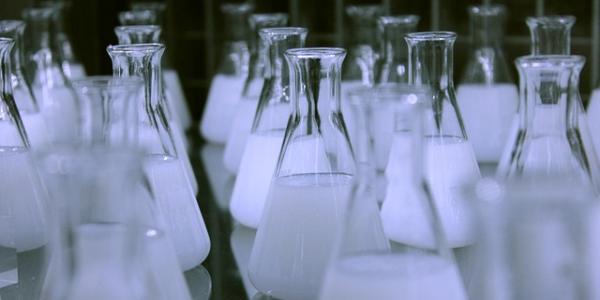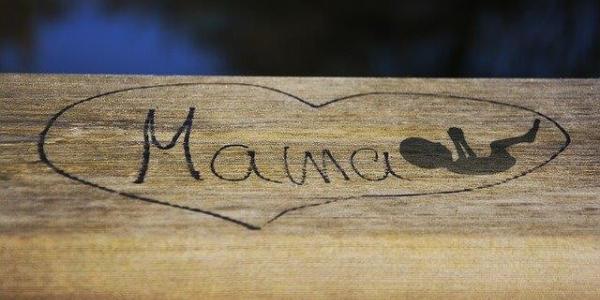Good to Know: Cholesterol

Take the confusion out of cholesterol
We hear a lot about cholesterol. We hear about “good” and “bad” types of cholesterol. Sometimes we just hear that cholesterol levels are too high. In order to know what all of this means, it helps to understand cholesterol.
Cholesterol is a waxy, fat-like substance that’s found in all cells of the body. Our body requires cholesterol to make hormones, such as vitamin D, and substances that help to digest foods. Being the efficient beings we are, our bodies make all the cholesterol we need. Cholesterol is also found in some foods we eat.
Cholesterol travels through the bloodstream in small packages called lipoproteins. These packages are made of fat (lipid) on the inside and protein (lipoprotein) on the outside. Two types of lipoproteins carry cholesterol throughout the body: low-density lipoproteins (LDL) and high-density lipoproteins (HDL).
Having healthy levels of both types of lipoproteins is important.
LDL cholesterol is sometimes called the “bad” cholesterol. High levels of LDL can cause a buildup of cholesterol in the arteries which could lead to strokes and heart attacks. HDL cholesterol is sometimes called “good” cholesterol. This is because HDL carries cholesterol from other parts of the body back to the liver. The liver then removes it from the body.
What is high cholesterol?
High blood cholesterol is a condition in which there is too much cholesterol in the blood. By itself, the condition usually has no signs or symptoms, so many people don’t know that their cholesterol levels are too high. People who have high blood cholesterol have a greater chance of getting coronary heart disease, also called coronary artery disease.
The higher the level of LDL cholesterol in your blood, the greater your chance is of getting heart disease. The higher the level of HDL cholesterol in your blood, the lower your chance is of getting heart disease (source: National Heart, Lung, and Blood Institute).
Cholesterol testing and control
Blood testing for lipids will determine the total amount of cholesterol, as well as the amount of LDL (bad cholesterol) and HDL (good cholesterol). If the test results are not in the healthy range both lifestyle changes and medications may be used to help correct the problems. Lifestyle changes include:
- Exercise increases HDL (good) cholesterol levels in the body.
- Food choices from a wide variety of foods can help lower food sources of cholesterol. Current recommendations favor a Mediterranean diet.
- Avoiding tobacco and limiting alcohol also help to minimize the risk of heart attack and stroke.
Should I take a medication?
In addition to a heart healthy lifestyle, prescription medications may be recommended to help correct cholesterol levels. “Statins” are a commonly prescribed class of prescription drugs that lower LDL cholesterol in the body by limiting the amount of cholesterol our body naturally makes. Studies show that in certain individuals, these medications can lower the risk of heart attack and stroke by 25-35%. Unlike lifestyle changes, these medications can cause side effects such as muscle aches.
If you’re wondering if you should take a statin medication the “Health e-Guide” offers help comparing your options to reduce your risk for heart disease.
It is “Good to Know” about cholesterol.
Related Articles






